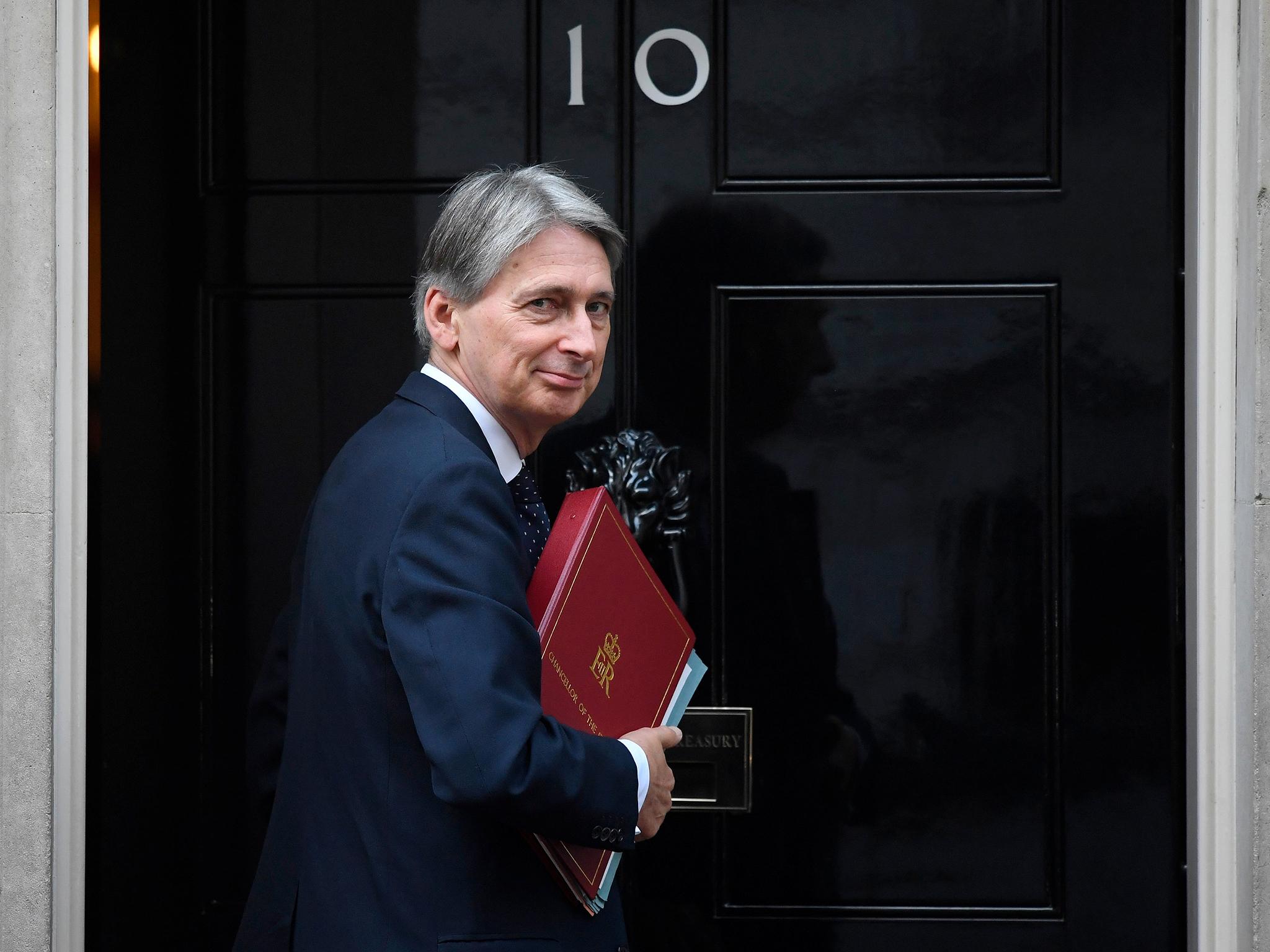Autumn Statement could mark a welcome shift from austerity
Philip Hammond, the Chancellor, is expected to relax spending limits and invest more in infrastructure in his statement on Wednesday

Philip Hammond, the Chancellor, has two big judgements to make in the Autumn Statement on Wednesday. One is how to adjust economic policy to take account of the referendum vote to leave the European Union. The other is how to correct the mistakes of his predecessor, George Osborne. Happily, those two objectives coincide.
Indeed, one of Theresa May’s first decisions as Prime Minister was to ditch Mr Osborne’s foolish target of eliminating government borrowing by 2020. The target was uncomfortably restrictive before the Brexit vote, but since then it would have been a straitjacket. The Chancellor needs the flexibility to respond to the shock of Brexit.
On Wednesday Mr Hammond has to provide the projections for revenue and spending that replace Mr Osborne’s plans. In so doing, he will continue to pretend that the Government’s accounts will move into surplus at some point in the next Parliament. It would be better if he set himself the target of sustainable borrowing – the level at which economic growth ensures that debt as a proportion of national income is falling. But an endlessly deferred target date for achieving a surplus could have roughly the same effect, so perhaps we should not worry too much about that.
Mr Osborne’s second mistake was linked to his first. One of the ways he aimed to balance the books in 2020 was by making huge cuts to tax credits for low-paid workers. These were unfair and socially unjust, and the first tranche of those cuts was abandoned after it was voted down by the House of Lords. Now we have to see what Mr Hammond will do about the next stage of cuts to tax credits that are still planned for the next three and a half years – they should be abandoned too.
The larger reason for abandoning the 2020 target for budget surplus, however, is to allow Mr Hammond the scope to take action to prevent Brexit tipping the UK economy into recession. So far, the effect of the referendum vote has not been as bad as feared, but just because Mr Osborne’s warnings of the damage to confidence were overdone does not mean that the Treasury was wrong about the medium-term effects of actually leaving the EU. For all the comforting talk about the choice between a soft and a hard Brexit, the effects on the British economy are likely to range from the bad to the disastrous.
There is not much that Mr Hammond can do about that in this week’s statement, beyond helping the economy to adopt the brace position for the impact to come. There is good sense, therefore, in putting investment in infrastructure “at the heart of” the statement. Road-building is unexciting and bad for the environment, but it could deliver a stimulus cheaply and quickly. The same benefits, but greener, could have been delivered by now if the Government had not scrapped or delayed electrification of railways, but Mr Hammond’s options are limited.
The most significant part of the Treasury’s trailer for the Autumn Statement is that it says the Chancellor “will set out a new fiscal framework, outlining the need for flexibility to allow government to respond to changing economic conditions”. That gives Mr Hammond the chance to retreat from the counterproductive stringency of his predecessor, popularly known as “austerity”, but also to give himself the space he needs to respond to the shock to our economy of raising trade barriers between us and the 27 countries of the EU in 2019.

Join our commenting forum
Join thought-provoking conversations, follow other Independent readers and see their replies